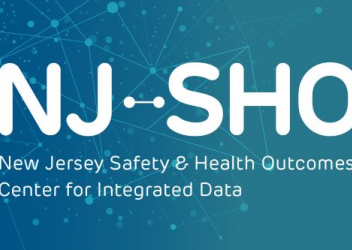Research In Action
Research In Action
Breadcrumb

All people deserve access to safe transportation. Unfortunately, motor vehicle crashes remain a leading cause of mortality among children and adolescents, and some communities carry greater burdens of traffic injuries and fatalities. Part of our mission at CIRP is to identify why these differences exist and how we can help make it safe for everyone to travel.
We know from national crash statistics that people of minoritized race and ethnicity groups and of lower socioeconomic status experience a greater burden of crash-related injuries and fatalities. Scientists consider race and ethnicity to be social constructs that can serve as proxies to an individual’s larger context. However, knowing a person’s race and ethnicity alone is not enough to tell us about their risk; we must also understand socioeconomic factors, resources, physical health, biases, and community infrastructure. We can measure some of these factors with indicators like the Child Opportunity Index (COI) which measures neighborhood resources and conditions that are needed for a child’s healthy development.
We just published a study in the Journal of Safety Research which sought to characterize how differences in traffic safety outcomes are related to community and personal characteristics. Using linked data from the New Jersey Safety and Health Outcomes Data Warehouse, we examined differences in crash risk among New Jersey drivers. We found that Hispanic and non-Hispanic Black drivers were more likely to be involved in all crashes and in injury crashes compared to non-Hispanic white drivers. We also found that drivers living in lower opportunity neighborhoods were more likely to be involved in injury crashes and all crashes.
Our study highlights the importance of considering a person’s lived experience when assessing their crash risk. Understanding factors related to their residential neighborhood can provide deeper insights into crash risk for drivers, pedestrians, and bicyclists. To explore how various community indicators correlate with crash risk across different groups of road users, please visit the NJ-SHO Data Dashboard.



